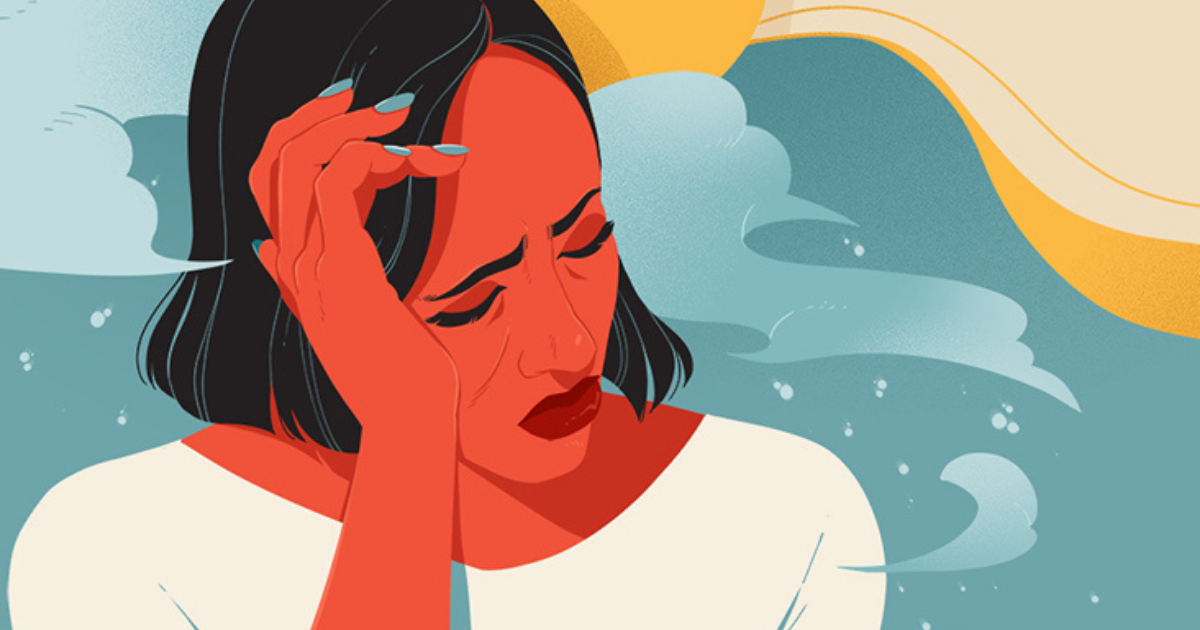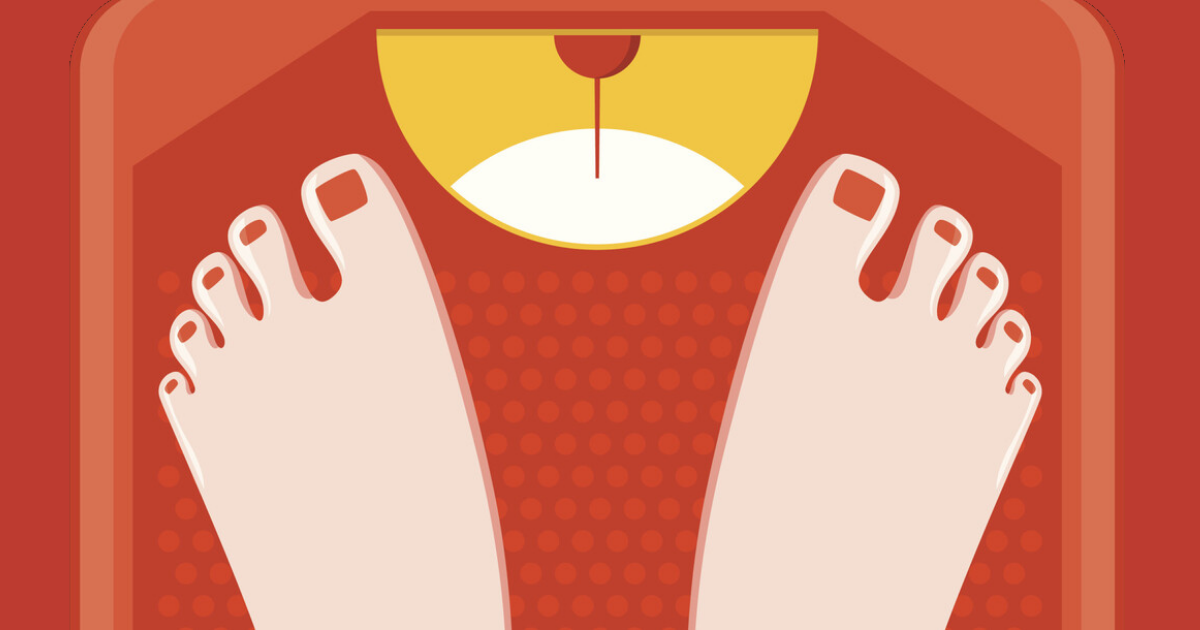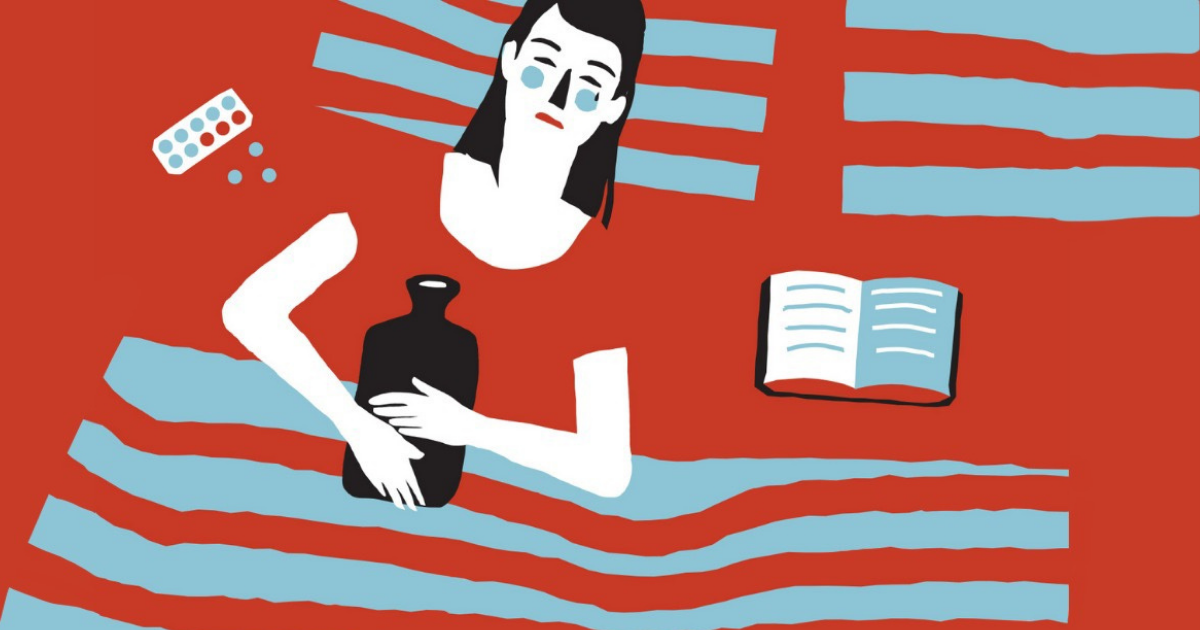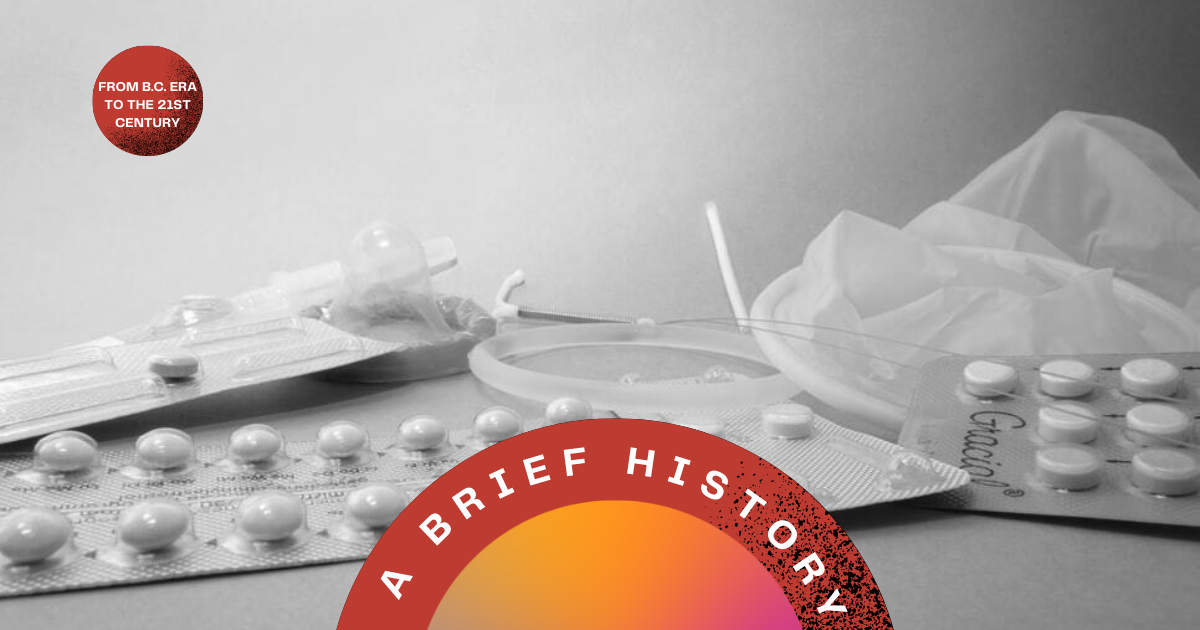You may have heard of this rare side effect that comes with taking hormonal birth control — blood clots. But is it actually a real cause for worry?
Hormonal birth control remains one of the safest and most effective methods to prevent pregnancy and even has other benefits like alleviating painful period symptoms.
But, as with all kinds of medications, there are bound to be certain side effects. This article will deep dive further to understand the risks of blood clots from hormonal contraceptives, as well as the connection between COVID-19 and blood clots for those who are taking birth control (and you’ll see that there really is no major cause for worry).
What are Blood Clots?
Blood clots form when certain parts of your blood thicken and subsequently become a semi-solid mass. Sometimes, clotting occurs in areas it’s not supposed to and can cause damage. Types of dangerous blood clots include:
1. Deep Vein Thrombosis (DVT)
DVT is a clot that forms inside one or more of the deep veins in specifically the legs or the arms. (Source: Pandia Health)
Several signs of DVT include:
- Swelling (near the area of the clot)
- Leg or arm pain and tenderness which may feel like cramps
- Red or blue skin discolouration at the area where the clot formed
- Warm skin
2. Pulmonary Embolism (PE)
PE happens when the clots that form in a DVT break loose and travel up to the lungs via the bloodstream, thus blocking blood flow. It is best to treat this type of blood clot as soon as possible and this requires you to recognise some of the signs and symptoms. (Source: Pandia Health)
- Shortness of breath
- Chest pain that intensifies when you take a deep breath
- Elevated heart rate
- Bloody cough
Hormonal Birth Control and Blood Clots
Birth control does not cause blood clots. However, it is associated with an increased risk of blood clots.
Why is there a risk of blood clots associated with hormonal birth control?
Combined hormonal birth control such as the pill, patch and the vaginal ring contains the hormones estrogen. As estrogen increases plasma fibrinogen and coagulation activity in the body, this may lead to the development of blood clots. However, estrogen does not directly cause blood clots. What it does is increase both the risks and levels of clotting factors.
Blood clots from the birth control pill are extremely rare
Between three and nine women in every 10,000 who take oral birth control pills will develop a blood clot, according to data from the FDA (That’s a 0.3 to 0.09% risk if you prefer to think of it that way). Further studies also found that only 1 in 3000 women per year who are on the pill will develop a blood clot.
This means that your risk of experiencing a blood clot while using the pill is very small.
Birth control has become increasingly safe over time
The risk for DVT or PE is overall very low with hormonal contraceptives. In the past, combination birth control pills contained a higher dose of estrogen, which increased the risk of DVT and PE. Now the combination pill contains a lower dose of estrogen, and the risk is reduced.
Factors that may affect your risks of blood clots
Although blood clots are rare, it is worth noting that risk changes accordingly with other factors like:
- Age (generally above 45)
- Certain medical conditions such as family history of heart disease or blood clots
- Behaviours like smoking: Every additional cigarette increases your risk. Your risk of experiencing a blood clot from using birth control is higher if you smoke, with smokers aged 35 or older the highest risk group.
It’s important to inform your healthcare provider when you discuss birth control if any of the factors above apply to you.
Hormonal Birth Control, COVID-19 and Blood Clots
Does COVID-19 increase my chances of getting blood clots if I’m on hormonal birth control?
The short answer is no.
COVID-19 has been shown to cause clotting throughout the body. At this point, it is not established that you’re at a greater risk for getting blood clots if you contract the coronavirus while on hormonal medication. (Source: Cleveland Clinic)
Should I stop taking hormonal birth control during the pandemic?
In fact, it is advisable to continue using combined oral contraception without stopping unnecessarily to reduce the risks of unplanned pregnancy. There has been no evidence thus far pointing to any health outcomes associated with the use of contraception prior to and during COVID-19 infection. (Source: The Faculty of Sexual & Reproductive Healthcare of the Royal College of Obstetricians & Gynaecologists)
Is it safe to get the COVID-19 vaccine while on hormonal birth control?
According to the Centers for Disease Control and Prevention, it is safe for people on hormonal birth control to receive any FDA-authorised COVID-19 vaccine. There has also been no observed risk for those who received the Pfizer-BioNTech and Moderna COVID-19 vaccines while taking hormonal birth control.
Even so, it’s important to remain open and honest with healthcare professionals about the medication you’re taking.
In Conclusion
While blood clots can become a serious health issue, it is safe to say that there generally isn’t much risk associated with birth control and it will not severely impact your reproductive health.
Some advice to reduce risks of blood clots includes regular exercise, maintaining a healthy diet and watching your weight.
If you are still unsure or concerned, connect with one of Siena’s doctors to speak about your personal risk for blood clots and the best birth control option for you.
References:
- Centers for Disease Control and Prevention. (2021, May 6). CDC Recommends Use of Johnson & Johnson’s Janssen COVID-19 Vaccine Resume. https://www.cdc.gov/coronavirus/2019-ncov/vaccines/safety/jjupdate.html.
- Cleveland Clinic. (2019, January 7). Yes, Your Birth Control Could Make You More Likely to Have a Blood Clot. https://health.clevelandclinic.org/yes-your-birth-control-could-make-you-more-likely-to-have-a-blood-clot/.
- James, A. (n.d.). Women’s Health. National Blood Clot Alliance. https://www.stoptheclot.org/learn_more/womens_health_faq/.
- Patni, V. (2021, May 13). Hormonal Birth Control and the Risk of Blood Clot Formation. Pandia Health. https://www.pandiahealth.com/resources/birth-control-blood-clots/.
- The Faculty of Sexual & Reproductive Healthcare of the Royal College of Obstetricians & Gynaecologists. (2020, December 18). FSRH Clinical Effectiveness Unit Statement: Use of combined hormonal contraception during the Covid-19 pandemic – Dec 2020. https://www.fsrh.org/documents/fsrh-clinical-effectiveness-unit-statement-use-of-combined/.
- WebMD. (2020, March 3). Birth Control Methods and the Risk of Blood Clots. https://www.webmd.com/sex/birth-control/birth-control-methods-blood-clot-risk.












